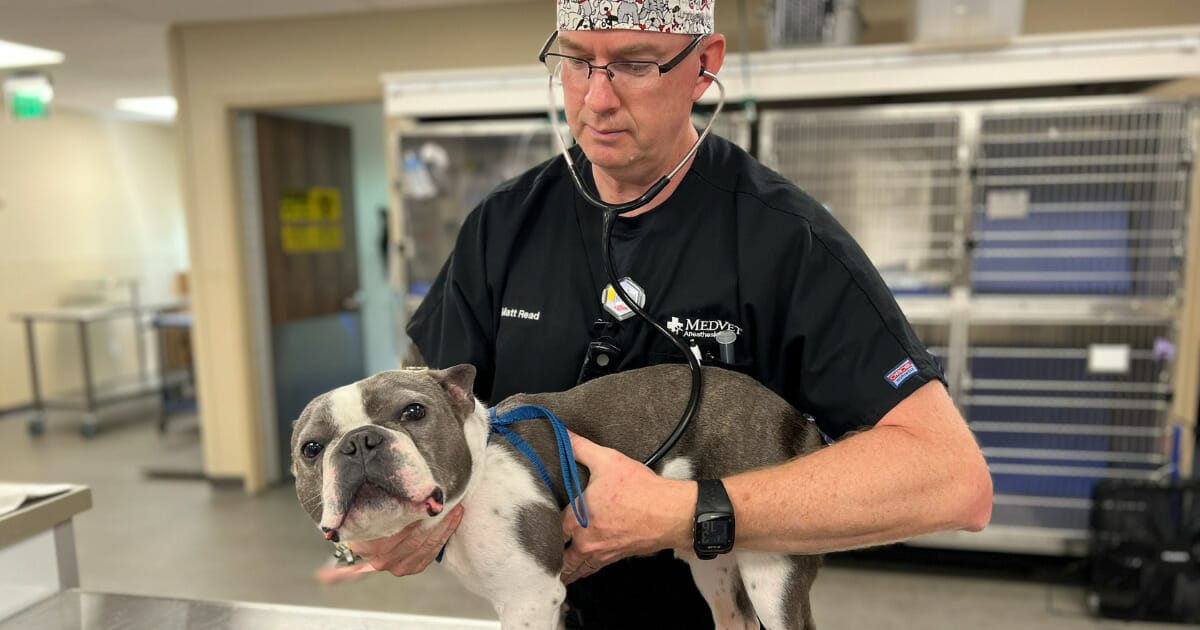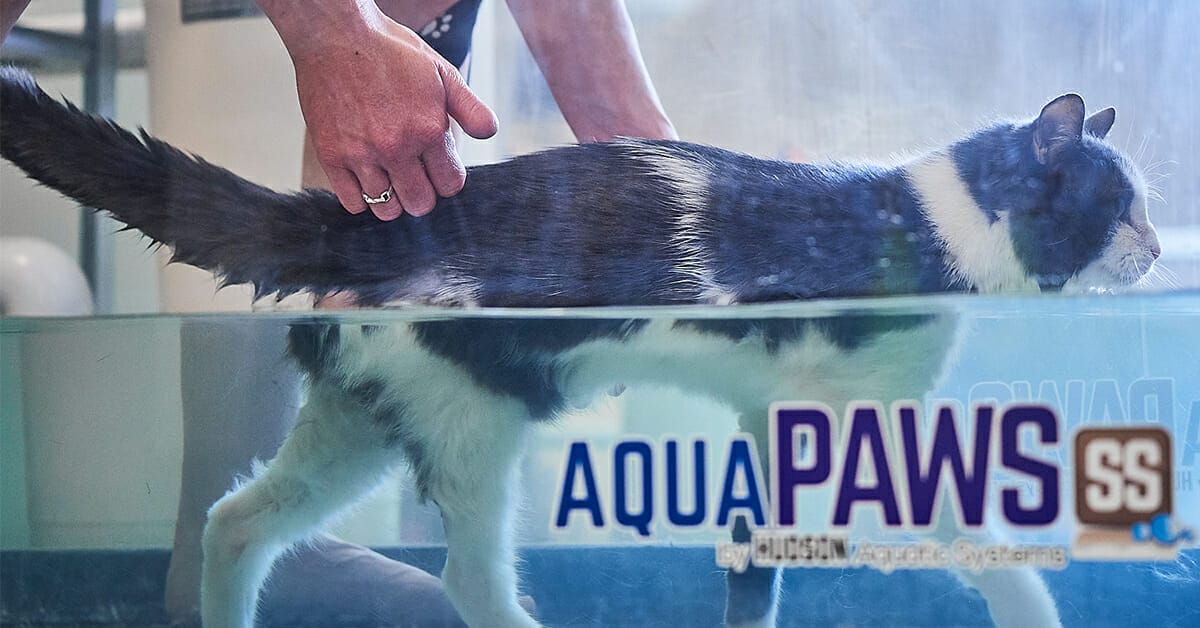Veterinary Anesthesia & Pain Management for Pets
If your pet requires anesthesia for surgery, a medical or dental procedure, or diagnostic imaging, it’s reassuring to know that their MedVet healthcare team includes specialty-trained experts you can rely on. Our team can administer anesthetics to patients of all breeds and ages in the safest way possible.
Why Choose MedVet Anesthesia & Pain Management
Our anesthesia and pain management doctors, many of whom completed residencies following vet school and are board-certified specialists (www.acvaa.org), will provide your pet with individualized anesthetic protocols and pain management. Skilled and knowledgeable veterinary technicians deliver state-of-the-art monitoring and support under the supervision and mentorship of our veterinary anesthesiologists.
What to Expect
When a veterinary anesthesiologist is involved in your pet’s care, they will review your pet’s medical history and the results of a physical examination and diagnostic testing (such as blood work, radiographs, ultrasounds, etc.) to detect any developing or underlying medical issues that might affect your pet’s anesthetic risk or stability under anesthesia. They will also consider the invasiveness and expected duration of the procedure and will individualize the anesthetic plan to account for any anticipated complications and other specific concerns related to your pet or the procedure.
Based on your pet’s level of stress and pain, our team may give your pet a sedative or some pain medication before anesthesia to give them a more positive experience while in the hospital. When your pet is calm and comfortable, we will clip a patch of hair on their leg and place an intravenous catheter that allows us to administer their anesthetic medications and deliver fluid therapy. We then administer oxygen and connect monitoring equipment to collect baseline data before any further drugs are given.
Your pet will typically receive a combination of injectable and inhalant anesthetic agents to induce and maintain anesthesia for their primary procedure and, in many cases, some sort of local or regional anesthetic technique (such as a nerve block or epidural) to provide optimal pain control.
During anesthesia, our team carefully monitors and supports your pet’s vital signs to ensure their safety. This includes:
- Administration of intravenous fluids and/or medications to support circulation and blood pressure
- Blood pressure monitoring to assess their cardiovascular stability
- Capnography to monitor their ventilation
- Electrocardiography (also called ECG or EKG) to monitor their heart rate and rhythm
- Neuromuscular blockade monitoring (if needed)
- Pulse oximetry to monitor the oxygen level of your pet’s blood
- Temperature monitoring and use of active warming equipment to prevent hypothermia
- Use of an endotracheal tube to protect their airway and deliver the anesthetic gas and oxygen
- Ventilators to support breathing (if needed)
After the procedure, your pet will recover from anesthesia in a quiet, semi-dark kennel with pads and blankets to keep them comfortable and warm. We closely monitor your pet during their recovery to make sure their vital signs are normal and administer pain medications and sedatives as needed to ensure they are relaxed and stress-free.
Your pet may be able to go home the same day, depending on their procedure, medical condition, and how smoothly they recover from anesthesia. Certain procedures require more postoperative pain management, monitoring, and/or nursing care that requires them to stay overnight. When your pet leaves our care, they will be sent home with a customized, post-procedure pain management plan that will help keep them comfortable.
Anesthesia & Pain Management Resources
View All Anesthesia & Pain Management Resources
Anesthesia & Pain Management
Six Questions with a Specialty Leader: Anesthesia & Pain Management

Article
Anesthesia & Pain Management
Six Questions with a Specialty Leader: Anesthesia & Pain Management

Anesthesia & Pain Management, Emergency Medicine, Urgent Care
How to Tell If Your Pet Is in Pain and What You Can Do to Help

Article
Anesthesia & Pain Management, Emergency Medicine, Urgent Care
How to Tell If Your Pet Is in Pain and What You Can Do to Help

Anesthesia & Pain Management, Integrative Medicine, Rehabilitation, Surgery
Tips for Managing Arthritis in Cats and Dogs

Article